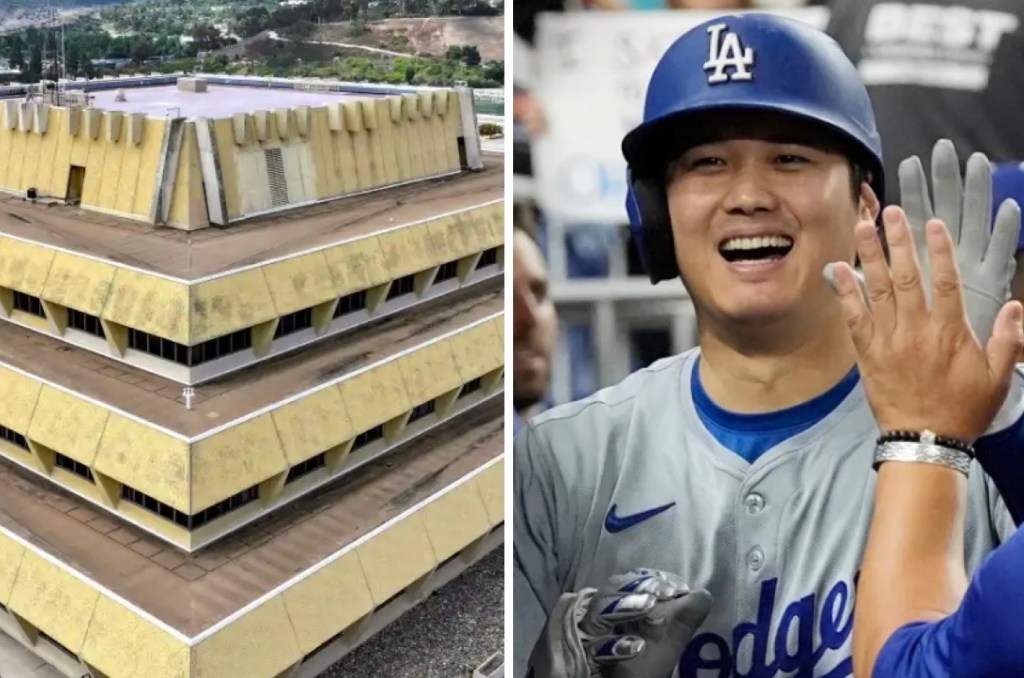
An online auction’s “extra innings” helped boost the final price for a historic home run ball hit by Shohei Ohtani to $4.4 million.
The auction for the baseball collectible struck by the ex-Angels-now-Dodgers superstar ended Tuesday, Oct. 22. The home run made him the first player to hit 50 homers and steal 50 bases in a season. An anonymous seller of the Ohtani ball apparently was quickly cashing in on baseball history made on Sept. 19.
This bidding, run by Goldin Auctions, used a “soft” closing much like the ongoing auction for another slice of Southern California history: the Ziggurat – an eye-catching federal campus in Laguna Niguel known for its pyramid-shaped office building. That bidding’s extra innings started in July.
The “soft” close is an online auction quirk that tries to recreate the energy a human auctioneer brings to a room full of bidders. Here’s how it works.
- 38 QUESTIONS : What can fix California’s housing mess? CLICK HERE!
The Ohtani ball’s initial bidding went until 7 p.m. Tuesday night. That’s when the extended bidding kicked in – adding 30 minutes to the deadline whenever a new bid was made. It certainly stirred new activity.
The Ohtani ball auction started on Sept. 27 with an asking price of $610,000 – that’s $500,000 plus a 22% fee paid to the auction house. By Tuesday morning, 25 bids had pushed the price to $2.6 million – up 320%.
On Tuesday, there were 15 more bids that started 3 minutes before the initial 7 p.m. deadline. This activity upped the price by another $1.8 million. So these extra innings of bidding, lasting almost two hours, helped to add 71% to the final price.
All told, the Ohtani home run ball price ballooned 620% during the auction to an all-time high $4.4 million. The previous top price for a baseball is said to be $3.05 million paid in 1999 for a record-breaking Mark McGwire home run ball.
The Ziggurat tale
In the Ziggurat auction, any new bids in a 24-hour period pushes the deadline back another full day.
That requirement was met on the first deadline day, July 31, and every business day since. That’s why participants are still bidding in October.
The US government no longer needs the Ziggurat facility built in 1971. It’s using the federal General Services Administration to sell the real estate in an auction that started June 5.
The Ziggurat’s price rose to $176.4 million on Tuesday, Oct. 21 after new two bids. That’s up 152% from the initial $70 million asking price.
And this version of extra innings has added $40 million, or 29%.
What are bidders thinking?
Ohtani’s global appeal means the buyer could be from anywhere. They’re acquiring bragging rights of ownership and betting the superstar’s career path continues to soar, helping to boost the collectible’s value over time.
It’s a reasonable assumption that the eventual buyer of what’s officially the Chet Holifield Federal Building will be a local real estate company or someone with lots of experience in Southern California land development.
The money-making bet for the property is likely demolishing the aging structure, designed by famed architect William Pereira. The value is turning the 89-acre campus into new housing, shopping, entertainment or other commercial real estate.
What’s the catch?
Curiously, the government will have a final say in what happens after both auctions.
Who owns the Ohtani ball will fall to the courts, which will decide who gets the sale proceeds. When the home run soared into the stands in Miami, a melee ensued as fans attempted to grab the souvenir. The person who gained control of the ball and put it up for auction is being sued by another fan who claims they possessed it first.

Meanwhile, the Ziggurat winner must win over local government officials in order to get their development plans approved in some sort of timely and profitable manner.
Jonathan Lansner is the business columnist for the Southern California News Group. He can be reached at jlansner@scng.com
Originally Published:

